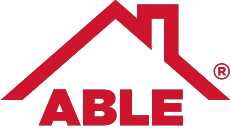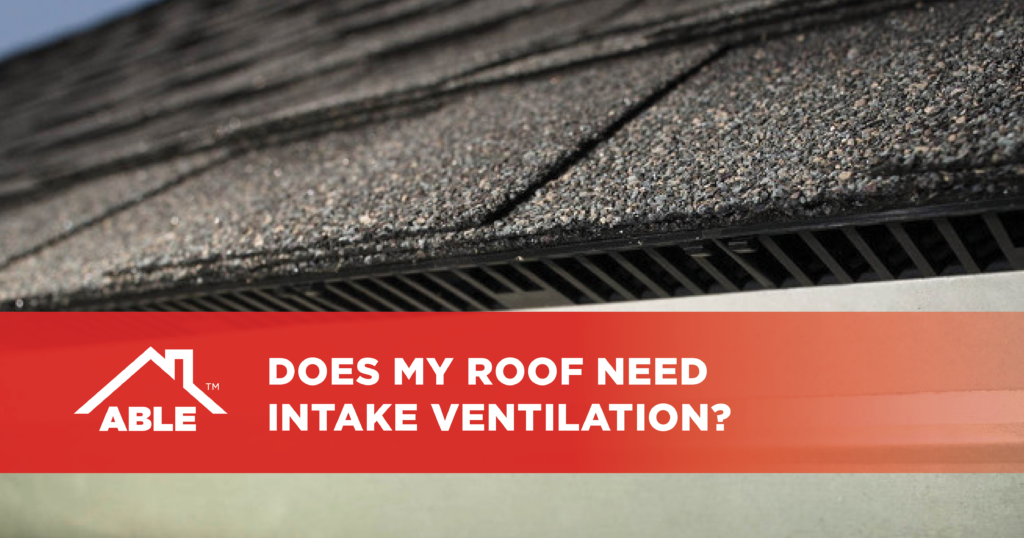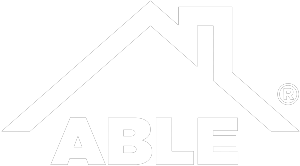The roof over your home serves many important functions. Primarily, your roof protects you and the interior of your home from the elements. Your roof prevents water from damaging your property and keeps your home comfortable throughout the year. Whether you are building a new home, replacing an existing roof, or renovating part of your home, it’s essential to understand the role your roof plays not only in moisture protection but also ventilation.
Proper airflow inside your home keeps everyone inside cool and comfortable throughout the year. Your roof plays an important part in this because it needs to allow just enough air inside to keep air flowing through your home’s interior.
How Does Roof Ventilation Work?
Warm air rises while cool air tends to settle toward the ground. Inside a home, the heating, cooling, and ventilation systems work together to ensure that warm air is circulated appropriately for the outside temperature. It’s important to flush warm air up and out of the house through the roof vents during the summer. It’s vital to ensure your heated air is not moving straight up and out of your roof during the winter. Properly configured roof ventilation funnels air in the upper reaches of your home according to the outdoor temperature.
All roofs do not have the same construction, so there is no single roof ventilation configuration that will work for every roof. Some homes cannot naturally push air up and through the roof ventilation system and may require intake ventilation.
What Is Roof Intake Ventilation?
While exhaust ventilation keeps clean air circulating through your home, intake ventilation helps draw air through your roof for proper airflow. Intake vents are typically located at the lowest points of a roof’s eaves, usually in the roof overhang between the gutters and the house’s sides. The vents push outside air along the roof’s underside, assisting in the attic’s ventilation by keeping air circulating.
When You Need Roof Intake Ventilation
Your home’s structure may allow for less-than-ideal ventilation, and roof intake ventilation could potentially improve the airflow inside of your home. Your roofer will inspect your home and determine the best placement for your intake vents and then ensure there are clear airflow channels along the underside of your roof’s slopes.
Roof intake ventilation primarily serves to prevent ice dams. If your ventilation system causes the roof’s temperature to be higher toward the roof’s peak than it is around the eaves, ice will have an easier time forming into dams at the lower reaches of your roof planes. While it may seem like roof intake ventilation may only be useful in the winter, this type of ventilation also prevents warm air from accumulating and lingering in the upper portion of your home during warmer weather.
Have Your Ventilation Inspected Today
Roof intake ventilation may not be necessary on every home, but it can make a significant difference if your home has been having airflow problems recently. An experienced roofer can determine whether your roof needs additional intake ventilation and perform a professional installation. Contact Able Roof today to learn more about roof intake ventilation and make an appointment for our team’s inspection.








